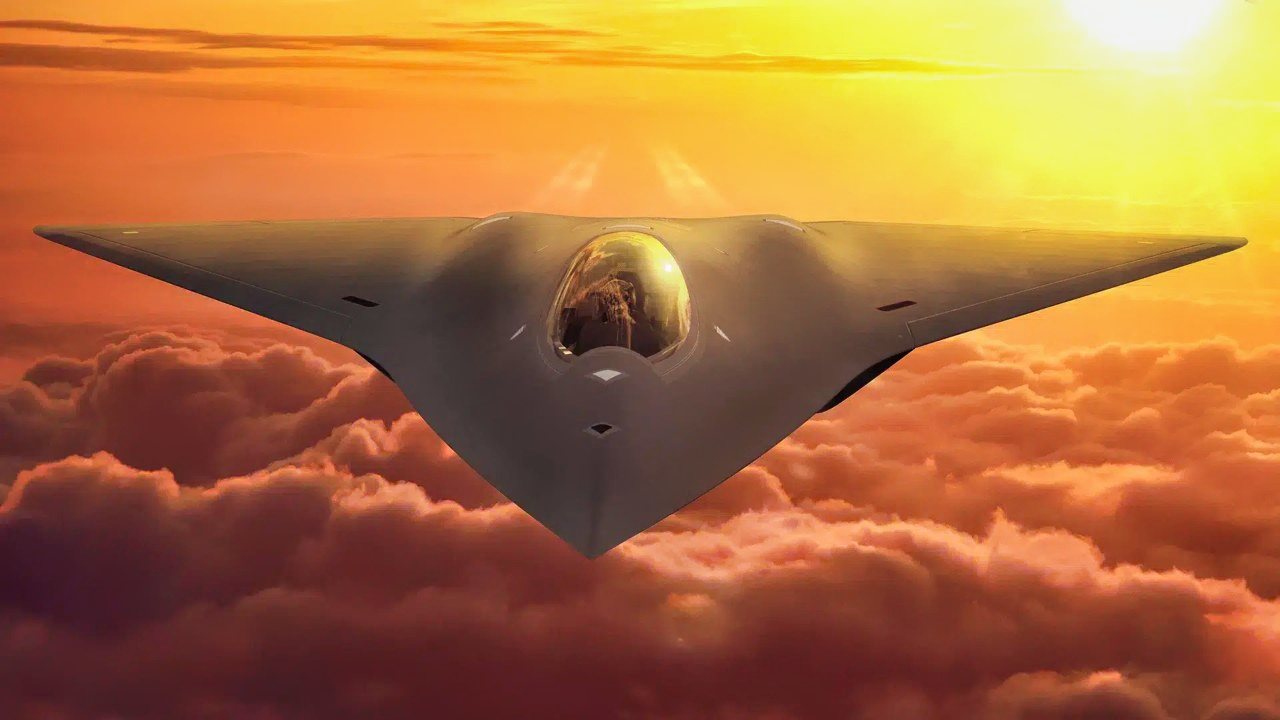F-35 Has Problems: NGAD Is the Stealth Fighter America Needs

Summary and Key Points: The F-35 program, while significant, is costly and often plagued with issues. The Next Generation Air Dominance (NGAD) program offers a more cost-effective and innovative approach.

-Emphasizing NGAD allows for the development of advanced, smaller, and more versatile systems, potentially reducing risk to warfighters and ensuring the U.S. remains ahead of global threats.
Balancing Costs: F-35 vs. NGAD in U.S. Defense Strategy
As a former member of the U.S. Senate and the Armed Services Committee, I advocated for taking a long view on military preparedness. I also was one of the first to advocate for a Space Force, because I recognized the battlefield was moving from earth to space. Our nation relies on satellites for weather, communications, navigation, and military purposes, including intelligence and weapons delivery. If we lose control of the air and space, America’s national security will be placed at grave risk.
A large part of a comprehensive national security strategy is spending taxpayer dollars efficiently on cutting-edge technology. The Pentagon’s Next Generation Air Dominance (NGAD) program continues former President Ronald Reagan’s notion of ‘Peace through Strength.’ The use of manned technology, drones, and sensors is necessary to stay one step ahead of our adversaries.
It is fair to say that the United States has sometimes been guilty of wasting money on military programs that did not pan out. But we can no longer afford mistakes and inefficient programs. The national debt passed $34 trillion this year, and we need to take steps to reduce spending before it crashes our economy. Many have recognized that our national debt is fast becoming a national security issue.
Of course, that doesn’t mean giving up on defense. We can and must maintain the best military in the world. But the way to do that is to invest in new programs instead of doubling down on today’s overly expensive ones, like the F-35. Don’t get me wrong, the F-35 Joint Strike Fighter program is important, but it needs to get better, and it should not sideline efforts to deploy the next-generation fighter jet.
Nobody disputes that the F-35 program has become extremely expensive to the taxpayer. According to the General Accounting Office (GAO), “the F-35 has been plagued by mounting costs and delays resulting in what some have called a staggering price tag of more than $2 trillion over several decades.” With the F-35, “DoD has pursued cost savings efforts and continues to look for new ways to reduce costs. However, DoD officials generally agree that these efforts are not likely to fundamentally change the estimated costs to operate the aircraft.”
Instead of throwing all the Pentagon’s money at a legacy program, the Pentagon should look to the next generations of weapons. A less expensive but more effective approach would be to implement a NGAD program to develop newer and better systems.
The NGAD program has much promise. According to a U.S. Naval Institute publication citing a Congressional Research Service (CRS) report, “the technologies involved in NGAD are being developed to provide air dominance. Part of the program’s goal is to determine how to achieve that end, independent of traditional ideas” and “there appears little reason to assume that NGAD is going to yield a plane the size that one person sits in, and that goes out and dogfights kinetically, trying to outturn another plane—or that sensors and weapons have to be on the same aircraft.” This report shows some of the promise of a next-generation fighter jet.
So smaller, more creative systems. Those are good traits. If they work, great. If they are difficult to implement, we can try something else. There is no need to pour trillions into a single program and hope it works, when we can spread that spending across many programs and experiment with many ideas.
Other countries are already going in this direction. “Both China and Russia have made strides in developing space weapons that could knock out satellites essential to navigation, overhead imaging and long-distance communications,” Axios reports. “A senior Pentagon official earlier this year warned of Moscow's efforts to put a nuclear device into space.” NGAD would allow the U.S. to push into those areas in ways the F-35, a jet that flies below space, can’t.

During the Second World War, the U.S. military wasted millions trying to build weapons such as the Spruce Goose. “At the time it cost $23 million, equivalent to more than $278 million” today. Back then, military leaders were smart enough to swallow their losses and move on to more effective programs. We need some of that same spirit now.
America needs to be better at taking a long view on military spending and the NGAD seems to be consistent with the idea of spending taxpayer cash effectively while investing in next-generation technology to protect America. The hardest job in military acquisition and technology, trying to decide when to let go of an existing platform and invest in a futuristic platform that will work. I walkways felt that the risk was worth taking. Our nation needs to try the NGAD while dialing back spending on the F-35.
Perhaps the most important reason of all for NGAD support is that it reduces the risk to the warfighter with the use of drones and other technology.
Bob Smith is a former U.S. Senator from New Hampshire (1990-2003) who served for 12 years on the U.S. Senate Armed Services Committee (SASC) and Chairman of the Acquisition and Technology Subcommittee of the SASC.
This article was first published by RealClearDefense.
All images are Creative Commons.
